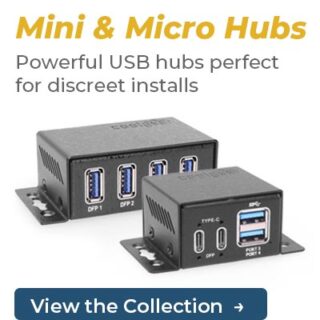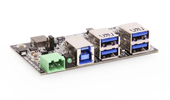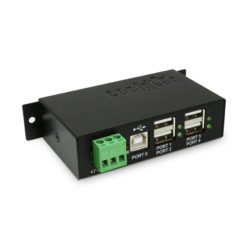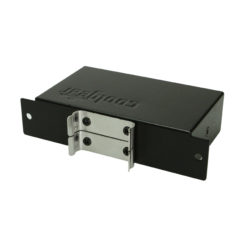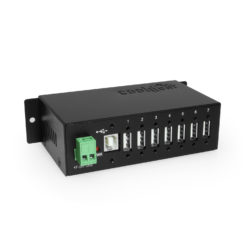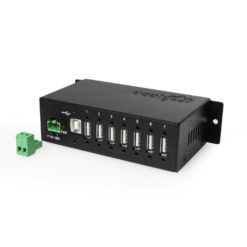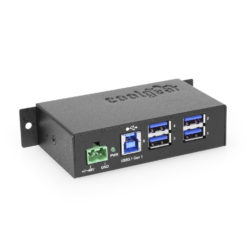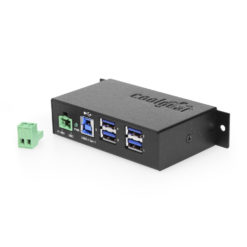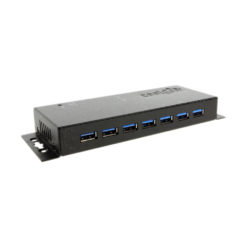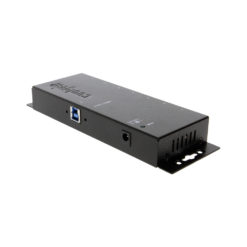Sometimes car buyers are not just after the drive, mileage, or safety; they consider little things like USB outlets. Nowadays, almost all car models come with USB outlets thanks to advances in technology. The number of USB ports in new cars is rising superficially. In 2016, the number of vehicles sold with USB charge ports was approximately 14.6 million, a huge rise from 3.3 million in 2005. Also, many new car models have more than one port. Currently, some car models have as many as nine ports up from a standard of four in previous models. The big question is, what is the purpose of these USB outlets? Here are some incredible uses of USB outlets in vehicles.
1. Charging your phone
This is the most common use of USB ports in automotive. Many people do not worry about forgetting to charge their phone at home when traveling. They have the option of charging their phones using the USB outlet on the dashboard, glove box, or center console.
Unfortunately, many people complain that their phones take long to charge with the in-built USB port on the vehicle. This is mainly because the ports are anemic when it comes to amperage. High amperage ensures that your phone charges fast while with low amperage, your phone takes longer to charge.
Luckily, some cars have 12v cigarette lighters that have high amperage for charging your phone or tablet. If not, you can upgrade your port to a 12v port inexpensively. Also, ditch the unreliable drug-store charges for quality chargers designed for phone charging in vehicles.
2. Listening to music
The USB port allows you to plug in your MP3 player or phone and play music. When you plug in your MP3 player, just select the auxiliary or USB input, and the music plays ASAP. Some head units include additional functionality and may necessitate the opening of a corresponding app.
What if you want to listen to music stored in a flash disk? In some car models, it is as simple as plugging in the flash disk and your music plays. But in others, the head unit only reads music formatted a particular way like FAT32 or NTFS. In some head units, you have to specify the location of the music you want to listen to in the flash disk while others have an automated way of detecting the location of music. However, some older car model USB ports do not allow for this use.
3. Data and power transmission
The USB technology allows for an interesting type of connection; data and power transmission. Nevertheless, USB ports are not created equal, and while some are data-only, others are power only. If the primary purpose of a port is data connection, the port can also be used to charge your tablet or other portable devices.
Most people charge their portable music players and digital cameras using a USB cable connected to a wall adapter or computer. What happens if you are on the road away from the wall adapter and computer? Do you give up and wait till you return home? No. You can use the USB outlet to power these devices.
4. Firmware updates
Some USB ports allow for firmware updates. To use your vehicle interface (VI) it must be programmed with firmware that comprehends the data your car sends. Some vehicle models enable such configurations to be sent via the USB port.
If your head unit does not have a USB port or the available one does not have data or power transmission, it is not a death sentence. You can add different types of USB ports to a car to facilitate these uses. Contact Coolgear for all your automotive USB needs –hubs, chargers, serial adapter and cables- that prepare you for the future.


